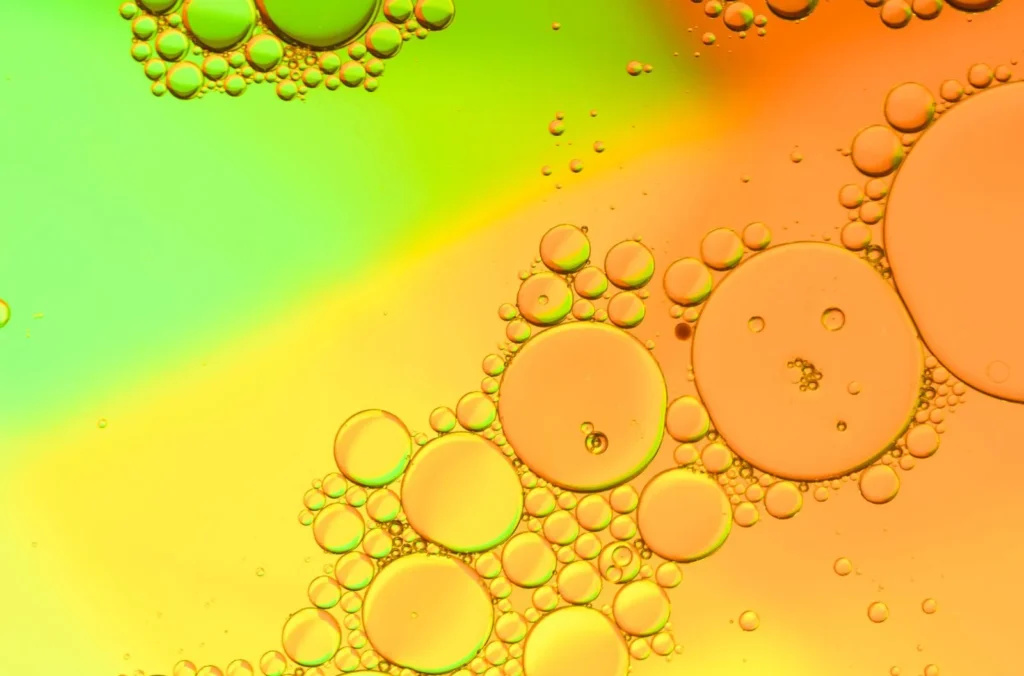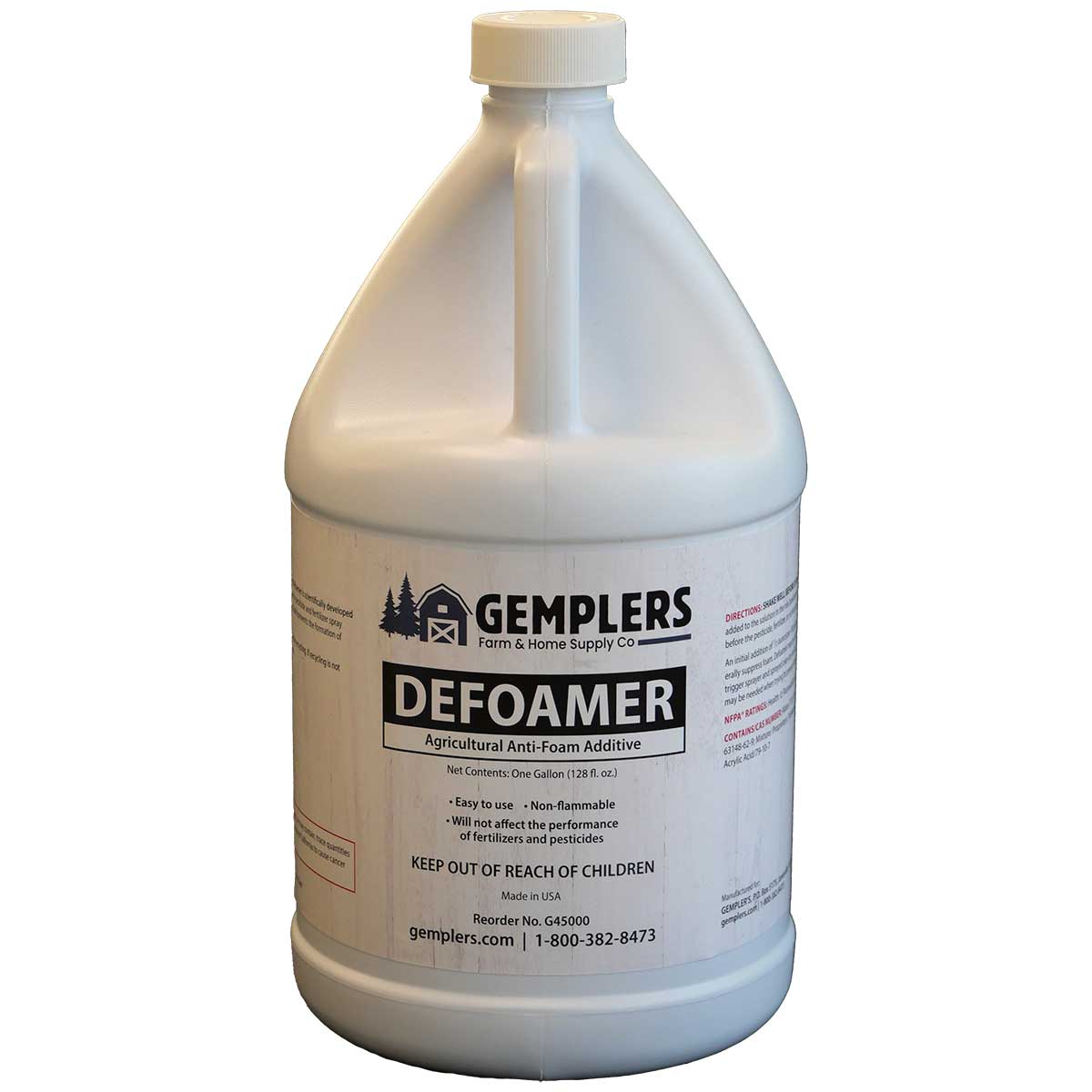The Future of Defoamers: Innovations and Trends in Foam Control Solutions
The Future of Defoamers: Innovations and Trends in Foam Control Solutions
Blog Article
Choosing the Right Defoamer for Your Certain Application Needs
Picking the appropriate defoamer for specific application demands is a nuanced procedure that demands careful consideration of multiple variables, such as the foam medium, kind, and operating problems. Understanding the nuances of defoamer performance-- consisting of rate and persistence-- while also representing regulatory and environmental aspects is important. Additionally, taking part in tests and seeking advice from manufacturers can offer beneficial understandings. Nevertheless, browsing these intricacies can be complicated, and the effects of a bad option may be substantial. What techniques can be used to guarantee an optimum option?
Recognizing Foam Formation
Foam formation happens when gas is caught within a liquid, developing a secure framework of bubbles. This sensation can considerably influence numerous industrial processes, particularly in fields such as food manufacturing, pharmaceuticals, and wastewater therapy. The existence of foam can prevent blending, decrease product quality, and even lead to operational ineffectiveness.
Foam normally forms because of a mix of factors, consisting of surface-active agents, anxiety, and the qualities of the liquid stage. Surfactants reduced the surface area stress of the fluid, assisting in the development of bubbles that can stabilize and integrate. Frustration, whether from mechanical stirring or gas intro, boosts bubble development, leading to enhanced foam volume.
Comprehending the mechanics of foam formation is crucial for sectors intending to maximize their processes. By determining the details problems that advertise foam generation, companies can implement strategies to alleviate its effects. This understanding lays the groundwork for choosing suitable defoaming representatives that effectively target the special difficulties postured by foam in various applications. An extensive understanding of foam formation is necessary for boosting performance and keeping product honesty throughout different markets.
Kinds Of Defoamers Available
Various kinds of defoamers are readily available to address the challenges presented by foam in commercial applications. defoamers. Extensively identified, defoamers come under 3 categories: silicone-based, non-silicone-based, and all-natural defoamers
Silicone-based defoamers are renowned for their efficiency and stability throughout a wide range of temperatures and pH levels. They are typically used in applications where strong foam reductions is essential, such as in adhesives, finishes, and paints. Their low surface area stress permits fast foam collapse.
Non-silicone-based defoamers, typically made from natural substances, provide a choice for applications sensitive to silicone residues. These defoamers can be more divided right into polyether and ester types, each customized to fulfill particular formula requirements. Non-silicone defoamers are often used in food processing and personal care products because of their compatibility with different solutions.
Natural defoamers, originated from plant or pet resources, are gaining traction due to their environment-friendly account. These products are particularly appealing in applications where regulatory conformity and sustainability are critical, such as in agrochemicals and biotechnology.
Picking the right kind of defoamer is vital for maximizing efficiency and ensuring compatibility with specific applications.
Trick Application Factors To Consider
When selecting a defoamer, it is necessary to take into consideration the particular application demands to guarantee ideal performance. defoamers. Different industries have distinct needs, such as food processing, pharmaceuticals, or wastewater therapy, and each application might require unique defoaming buildings
Trick factors to evaluate consist of the medium in which the defoamer will be utilized, whether it is water-based, oil-based, or a combination thereof. see this here The temperature level and pH degrees of the application can additionally significantly affect the efficiency of a defoamer. Additionally, compatibility with other chemicals present in the system is essential to avoid adverse responses that might compromise efficiency.
An additional vital factor to consider is the foaming habits of the particular system. Understanding whether the foam creates promptly or gradually can guide the option of a defoamer that targets the origin successfully. Furthermore, the wanted rate of defoaming can affect the option, as some applications call for fast activity while others might endure slower defoaming procedures.
Last but not least, governing and ecological factors to consider should not be overlooked, particularly in sectors with rigorous compliance demands. Picking a defoamer that aligns with these variables ensures both efficiency and security in the application.

Performance Screening Methods
Evaluating the performance of a defoamer needs an organized strategy to testing that properly gauges its performance in details applications. Different efficiency testing methods can be used to ascertain the optimal defoamer for a given formula.
One typical method is the bubble test, which evaluates the defoamer's capability to minimize foam volume over time. This examination involves producing a secure foam and then adding the defoamer to observe the price of foam collapse.

Inevitably, choosing the appropriate efficiency screening technique depends on the details application and the sort of foam being attended to. Each approach provides beneficial data that can assist formulation adjustments and boost the performance of the defoamer in sensible applications.
Best Practices for Selection


Following, take into consideration the defoamer's efficiency in terms of speed of activity and determination. A quick-acting defoamer may be essential for procedures where fast foam reductions is vital, while a more click here for more info persistent formula could be required for long term foam control. Additionally, examine the environmental effect of the defoamer, including its biodegradability and any regulative conformity needs.
Conduct trials with chosen defoamers to determine their effectiveness in real-world conditions. By adhering to these finest methods, you can enhance foam control performance and ensure the durability of your procedures.
Final Thought
In summary, picking the suitable defoamer his explanation demands an extensive assessment of different factors, including foam kind, tool, operating problems, and environmental factors to consider. Understanding the special qualities of foam formation and the available defoamer options is critical. Additionally, using effective performance testing methods and sticking to ideal methods during the choice process will enhance the possibility of accomplishing optimal defoaming results. Eventually, an educated option approach will certainly attend to certain application needs and minimize lathering obstacles properly.
Choosing the ideal defoamer for certain application demands is a nuanced procedure that requires careful factor to consider of numerous aspects, such as the foam type, operating, and medium conditions.Picking the right defoamer is crucial for attaining optimum efficiency in foam control applications. A quick-acting defoamer might be essential for processes where fast foam suppression is essential, while a more persistent solution may be needed for extended foam control.In summary, selecting the suitable defoamer requires a detailed evaluation of numerous factors, consisting of foam type, tool, operating conditions, and ecological considerations. Understanding the unique features of foam development and the available defoamer alternatives is vital.
Report this page